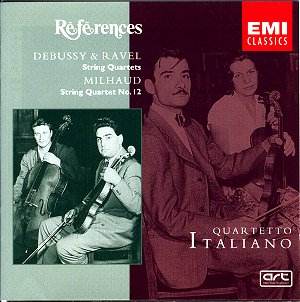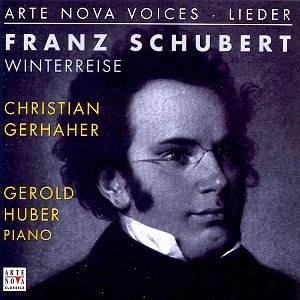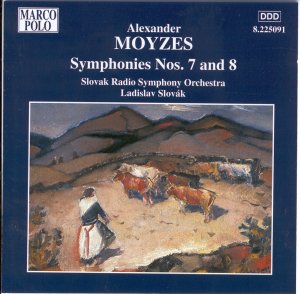 Composer: Darius Milhaud
Composer: Darius Milhaud
Works: String Quartet No. 12, Op. 252; String Quartet in G minor by Debussy; String Quartet in F by Ravel
Performers: Quartetto Italiano (Paolo Borciani, Elisa Pegreffi, violins; Piero Farulli, viola; Franco Rossi, cello)
Recording: Recorded in the Basilica, Milan, 23 January 1954 (Debussy and Milhaud in mono), and in 1959 (Ravel in stereo)
Label: EMI Références CDH5 74792-2
Darius Milhaud stands as a pivotal figure in 20th-century music, often overshadowed by his contemporaries Debussy and Ravel, yet his contributions to the string quartet repertoire are equally deserving of attention. This recording, featuring Quartetto Italiano, presents a compelling exploration of Milhaud’s String Quartet No. 12 alongside the iconic quartets by Debussy and Ravel. Each work, while distinct in style and idiom, is united by a common thread of intricate textures and innovative harmonies that reflect the vibrant musical landscape of their time.
The Quartetto Italiano’s interpretation of Debussy’s String Quartet in G minor is particularly noteworthy. Right from the outset, the ensemble captures the work’s elusive character, infusing the initial Allegro with a sense of fluidity that mirrors Debussy’s impressionistic language. The pizzicati in the second movement are executed with remarkable precision, evoking the strumming of a guitar, while the players artfully navigate the shifting dynamics, allowing the music to breathe. The finale reveals their rhythmic excellence, generating a palpable tension that holds the listener in thrall. In the case of Ravel’s String Quartet in F, the musicians delve into its rarefied sound-world with a nuanced understanding. The second movement, marked “Assez lent,” is particularly riveting, as the performers illuminate the delicate interplay between instruments with a shimmering clarity that accentuates Ravel’s textural intricacies.
Milhaud’s Twelfth Quartet, composed in 1945 for the centenary of Gabriel Fauré, stands out as a delightful gem in this collection. Unlike his more frequently performed quartets, this work offers a refreshing perspective on Milhaud’s stylistic evolution. The first movement radiates a sunny disposition, characterized by tunefulness and an infectious sense of joy. The second movement’s whispered intimacy contrasts sharply with the vivacious third movement, marked “avec entrain.” Here, the Quartetto Italiano’s performance is animated, with foot-tapping rhythms that evoke a spirited dance, showcasing the ensemble’s technical prowess and interpretative flair. This recording serves as an invitation for listeners to explore Milhaud’s oeuvre further, which is often relegated to the background in favor of his more well-known contemporaries.
The sound quality of this recording merits particular mention. The engineering captures the Quartetto Italiano’s rich tonal palette with admirable fidelity, particularly in the mono recordings of the Debussy and Milhaud works. The spatial clarity allows each instrument to shine while maintaining a cohesive ensemble sound. The stereo recording of Ravel adds a further dimension, enhancing the depth and resonance of the performance. Compared to more recent interpretations, such as those by the Alban Berg Quartet, this recording offers a historical lens through which to appreciate the evolution of chamber music performance practices.
This release is not merely a collection of familiar works but a vital document of the Quartetto Italiano’s artistry during the 1950s, illuminating both the enduring appeal of Debussy and Ravel and the often-overlooked brilliance of Milhaud. The ensemble’s commitment to musical integrity, coupled with their technical skill and interpretative insight, makes for a compelling listening experience. Listeners are likely to find themselves captivated not only by the familiar works but also by the enchanting presence of Milhaud’s Twelfth Quartet, which deserves its rightful place alongside its more celebrated counterparts.



